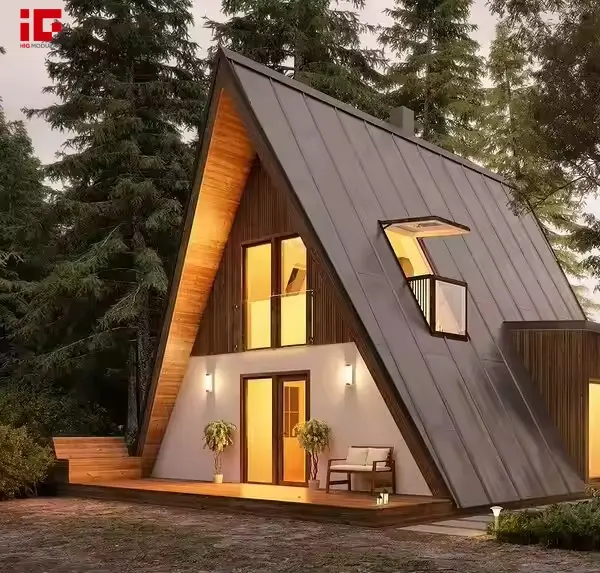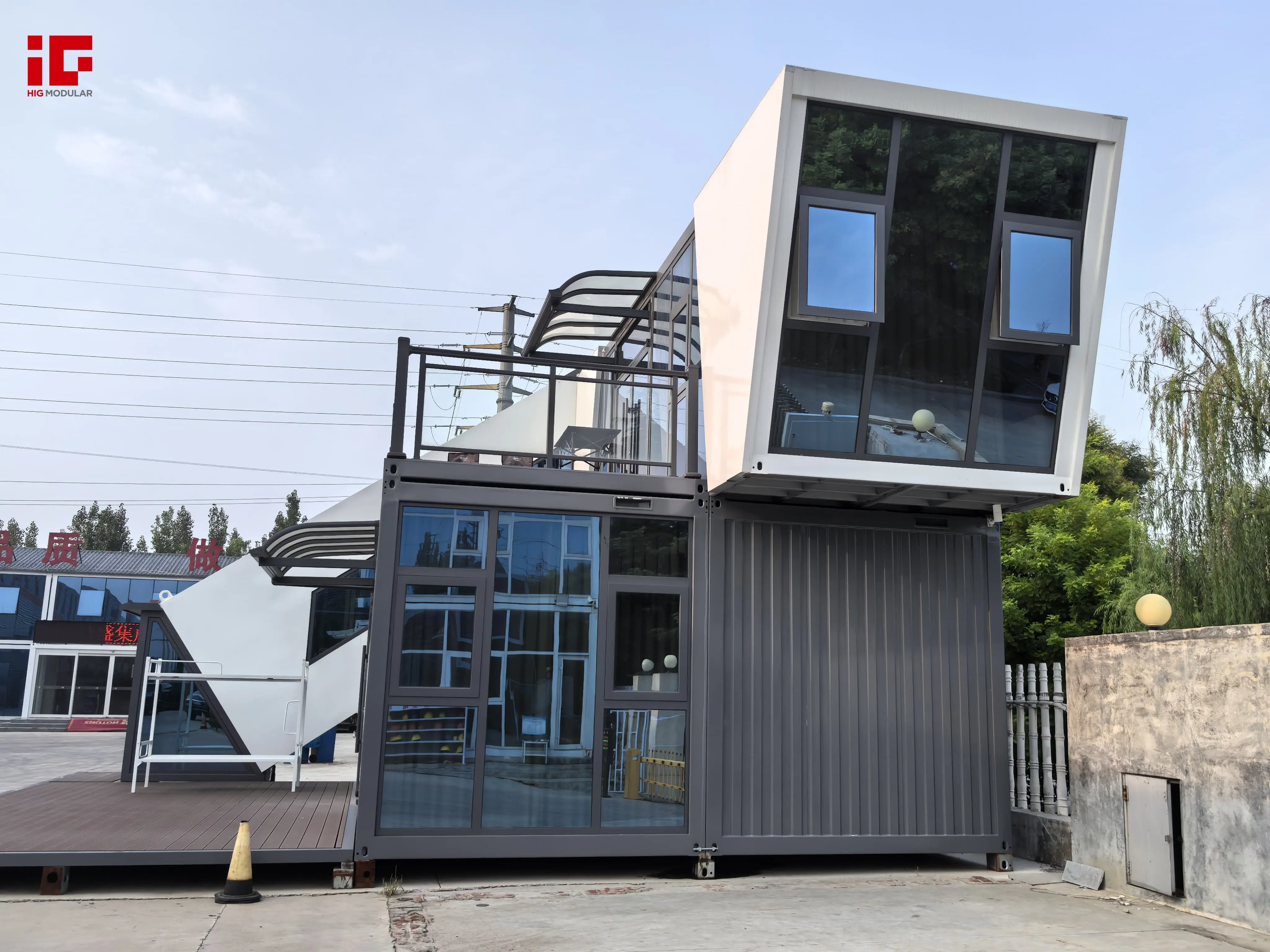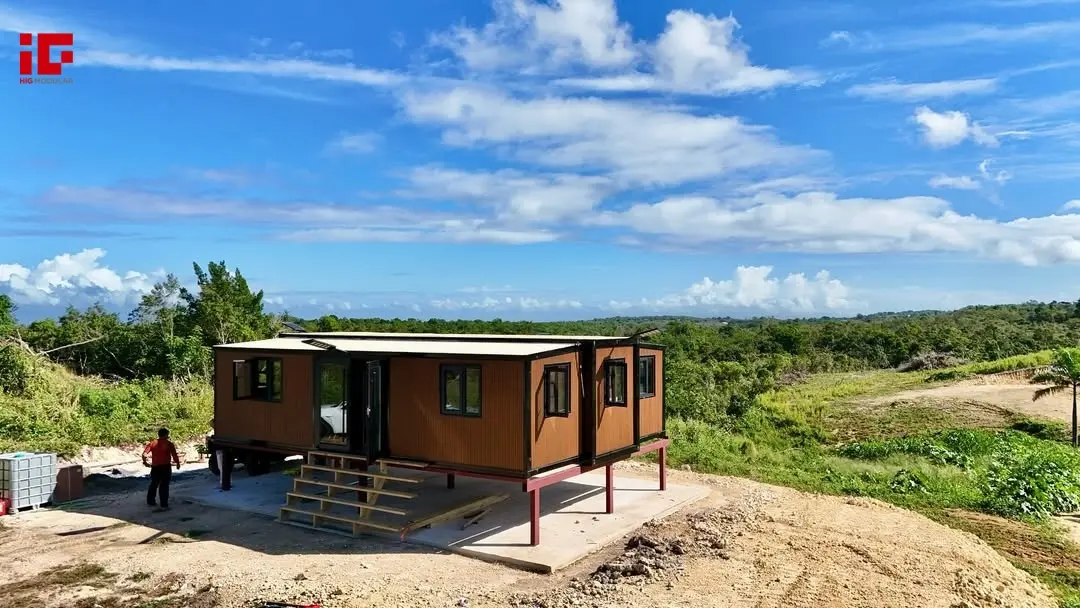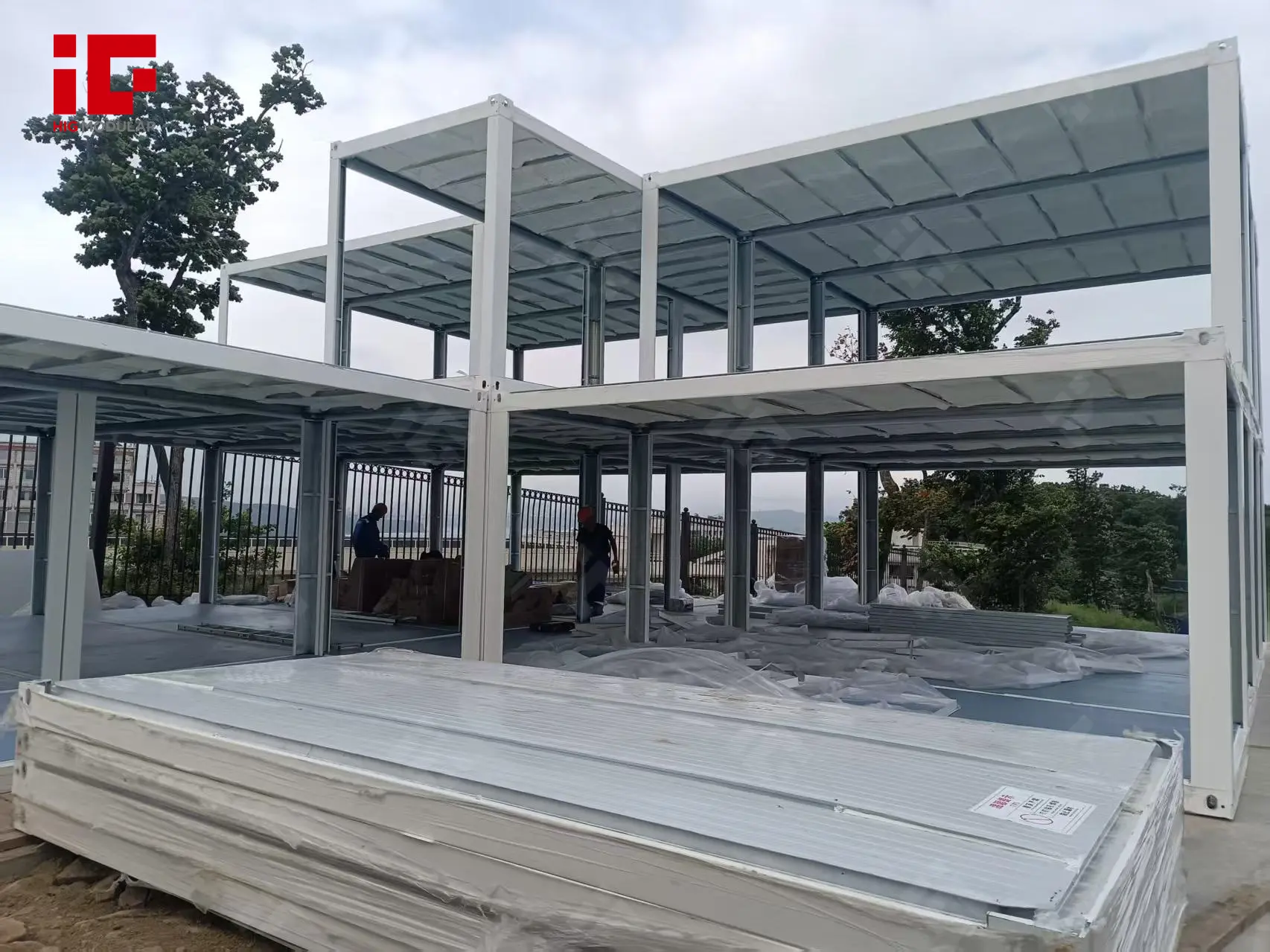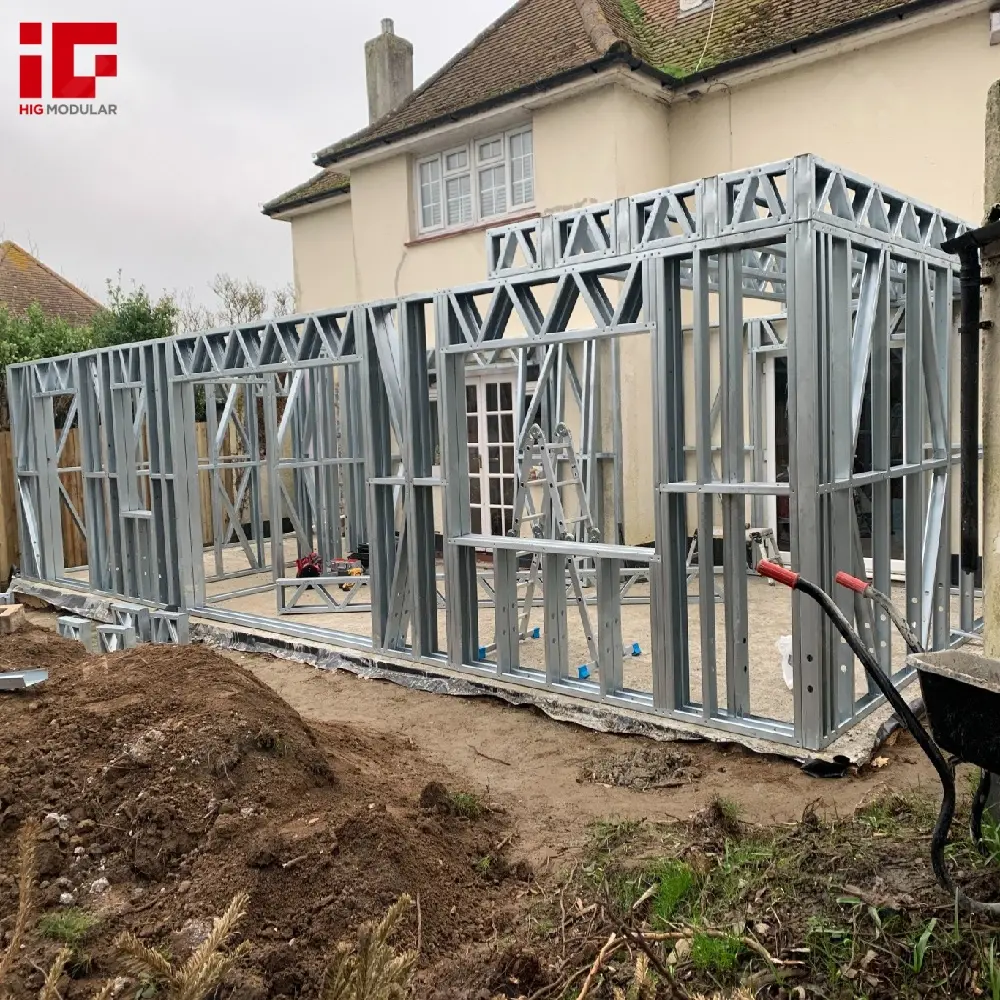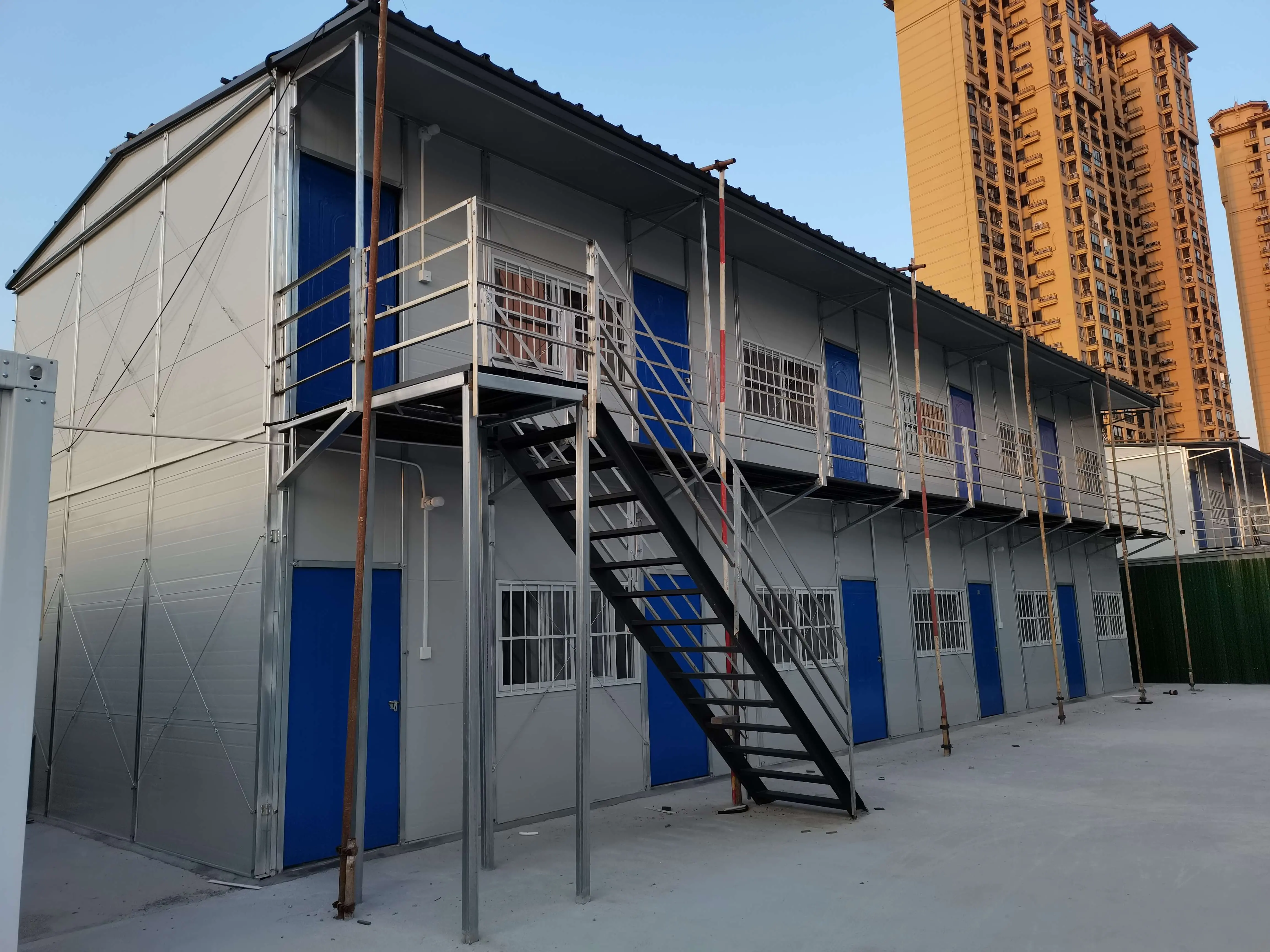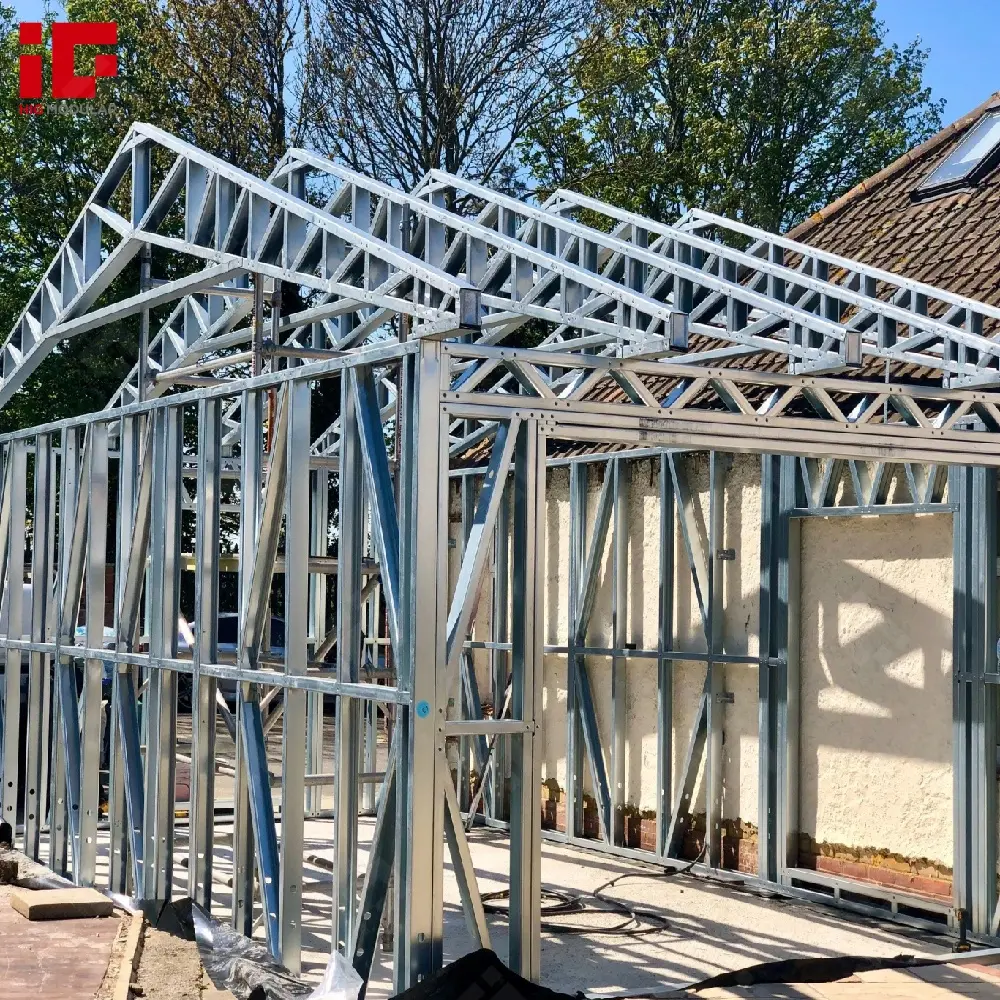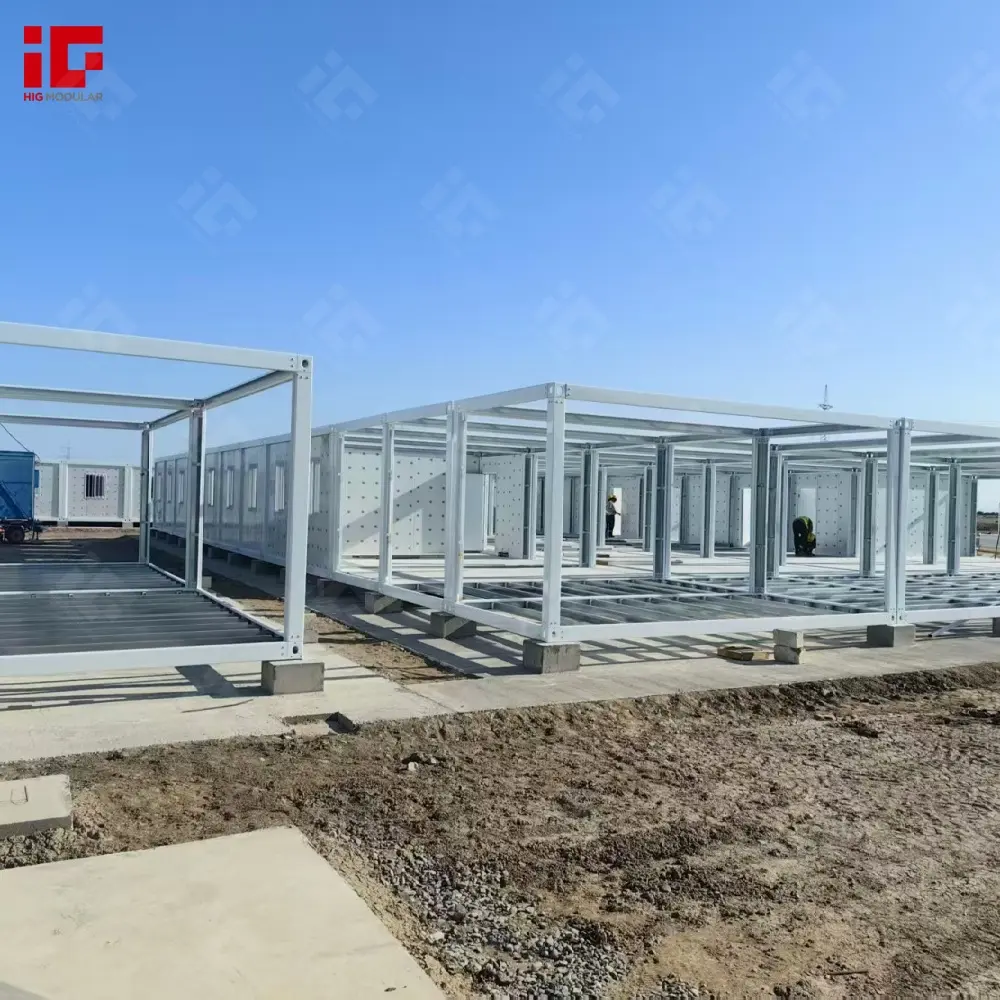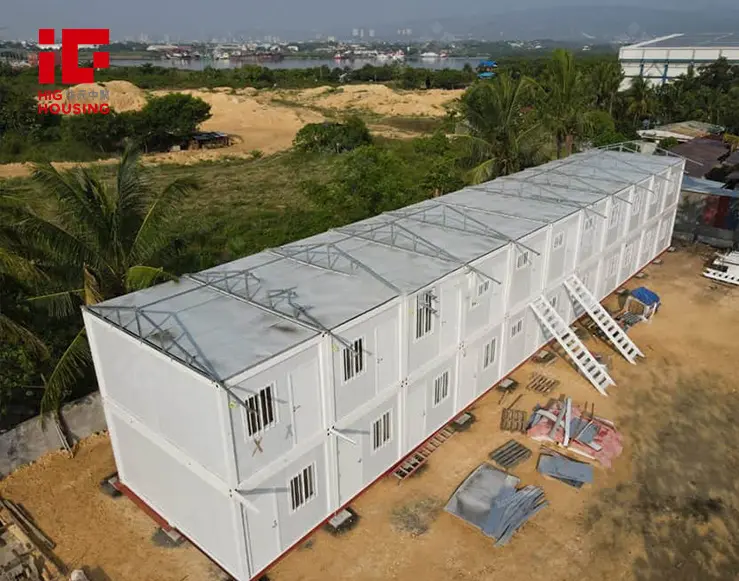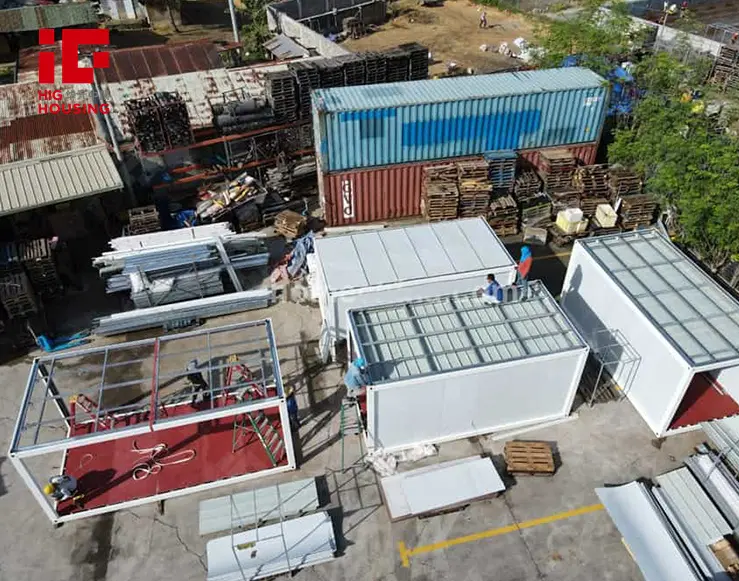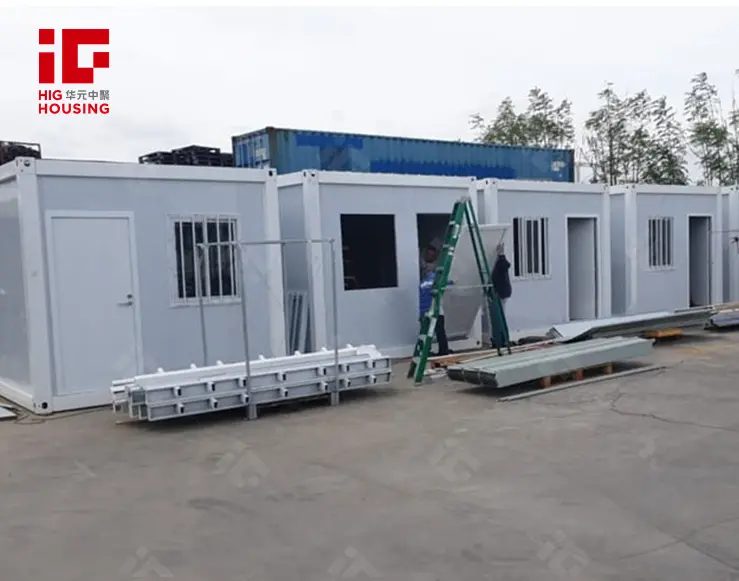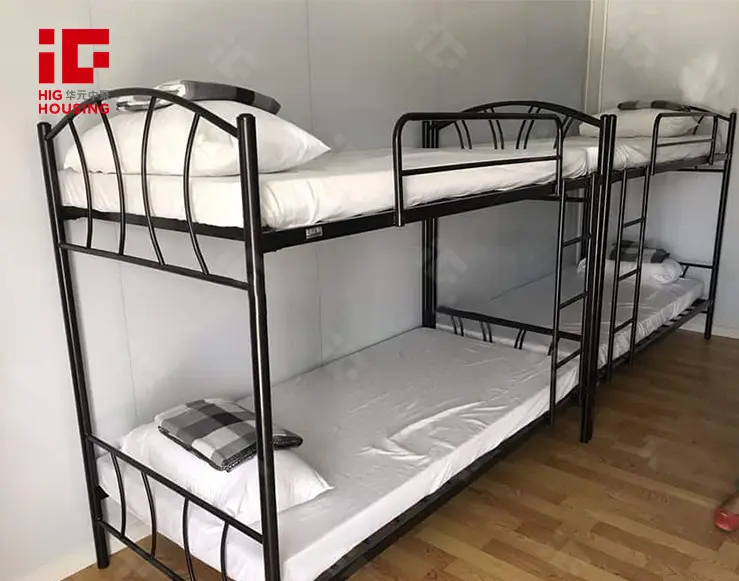Worker Dormitory Solutions in Colombia
Key Features of Worker Dormitories
Modular Design
Modular construction allows for fast deployment and flexibility. Dormitory units can be arranged in various configurations depending on the number of workers and the specific project.
Units can be stacked or spread out across the site, offering customizable space that can be scaled up or down based on the number of workers.
Durability and Weather Resistance
Worker dormitories are built to withstand tough environmental conditions such as extreme weather, heavy winds, and rain. Container-style dormitories, for example, are made from steel, offering excellent structural integrity.
Insulation and weatherproofing are crucial features that ensure comfort regardless of climate, whether in hot, cold, or humid areas.
Basic Amenities
Bunk beds or individual sleeping spaces.
Shared or private bathrooms with showers and toilets.
Common areas for eating, socializing, or relaxation.
Air conditioning or heating (depending on climate) to maintain a comfortable temperature inside.
Power outlets, lighting, and sometimes internet access for work and communication.
Safety Features
Fire-resistant materials, smoke detectors, and fire extinguishers to meet safety regulations.
Secure locking systems to ensure safety and privacy for workers.
Emergency exits and evacuation plans in place.
Energy Efficiency
Many worker dormitories are equipped with energy-efficient systems, such as LED lighting, solar panels, and energy-efficient insulation.
Water-saving fixtures and rainwater collection systems may also be installed to reduce consumption in remote areas where utilities are limited.
Types of Worker Dormitories
Container Dormitories
Overview: Shipping containers are repurposed as dormitory units. They can be stacked to create multi-story dormitories or linked side by side for larger groups of workers.
Benefits:
Quick to assemble and move.
Extremely durable and secure.
Customizable interiors with insulation, electrical systems, and plumbing.
Applications:
Construction sites, oil & gas fields, mining operations, and remote work camps.
Prefabricated Modular Dormitories
Overview: Prefabricated modular buildings are constructed off-site and then transported and assembled on location. These dormitories are often more spacious and have better interior finishes compared to container units.
Benefits:
Higher comfort and better insulation.
Quick setup and minimal disruption at the site.
Can be customized with kitchens, laundry facilities, and more.
Applications:
Large construction or industrial sites, remote work projects, and infrastructure developments.
Mobile Homes/Trailer Dormitories
Overview: These are transportable units equipped with essential living amenities, such as bedrooms, bathrooms, and kitchens. Mobile home-style dormitories are ideal for temporary housing on work sites.
Benefits:
Easily relocatable.
Equipped with all necessary amenities for longer stays.
Suitable for both short-term and extended assignments.
Applications:
Remote worksites, exploration camps, and temporary housing in areas lacking permanent infrastructure.
Tent-Based Dormitories
Overview: Tent dormitories are a more basic option but can be equipped with beds and basic furniture. These are most often used in emergency or temporary situations.
Benefits:
Quick to deploy and cost-effective.
Flexible to accommodate large numbers of workers in temporary conditions.
Easily dismantled and moved after use.
Applications:
Disaster relief sites, humanitarian missions, or field operations in temporary locations.
Applications of Worker Dormitories
Construction and Infrastructure ProjectsWorker dormitories are commonly used in large construction projects, particularly when the project is located in remote areas where workers cannot commute daily. They provide a safe and comfortable environment for workers to stay close to the site, reducing travel time and increasing productivity.
Mining and Oil & Gas ProjectsMining sites, oil fields, and gas drilling operations often require temporary housing for workers. These sites can be in extreme environments (such as deserts, mountains, or isolated areas), where traditional housing is not feasible. Worker dormitories ensure that staff has access to essential living facilities while they work on-site.
Military and Government ProjectsTemporary worker dormitories are often used by the military or government agencies working in temporary or emergency conditions, such as disaster response, international peacekeeping missions, or remote operations.
Remote Field OperationsFor scientific research, environmental monitoring, and other remote field operations, worker dormitories provide essential living space for researchers and support staff who need to stay in challenging locations for extended periods.
Humanitarian Aid and Disaster ReliefWorker dormitories are crucial in providing temporary housing for relief workers, medical teams, and others involved in humanitarian aid or post-disaster recovery efforts. These dormitories can be set up quickly to accommodate personnel in the aftermath of natural disasters, refugee crises, or other emergencies.
Key Benefits of Worker Dormitories
Cost-Effective
Temporary dormitories offer a more affordable housing solution for organizations and projects with tight budgets, eliminating the need to build permanent structures.
Quick Setup and Mobility
Worker dormitories, especially container-based or modular designs, are easy to transport and install, allowing for rapid deployment in remote locations or on short timelines.
Improved Productivity and Comfort
Offering comfortable, private spaces for workers to rest helps improve morale and productivity. Dormitories that include cooking, dining, and social areas contribute to workers' well-being during their stay.
Scalability
Depending on the size and nature of the project, worker dormitories can be expanded or downsized as needed. This scalability ensures that organizations can adjust their housing resources based on fluctuating workforce sizes.
Sustainability
Many modern worker dormitory solutions incorporate sustainable building practices, such as energy-efficient materials, solar power, and water-saving fixtures, reducing environmental impact.
Considerations When Choosing Worker Dormitories
Location: Assess the environmental and geographical challenges of the site. Consider climate conditions (e.g., high humidity, extreme cold), terrain, and accessibility to ensure that the dormitory is equipped to handle these factors.
Duration of Stay: If workers are staying for several months or longer, more comfortable, fully-equipped modular dormitories with amenities like kitchens and bathrooms may be more suitable.
Workforce Size: Ensure that the dormitory can comfortably accommodate the number of workers, with enough space for beds, storage, and common areas.
Utilities and Infrastructure: Verify that the site can support essential utilities, such as electricity, water, and waste disposal. For remote sites, off-grid solutions like solar power or water treatment systems may be necessary.
Conclusion
Worker dormitories are a versatile and efficient solution for providing temporary accommodation to workers in remote locations or for short-term projects. By offering various configurations and amenities, from basic tents to fully equipped modular units, these dormitories meet the needs of various industries, including construction, mining, oil & gas, and emergency relief. Choosing the right type of worker dormitory ensures that the workforce is housed safely and comfortably, contributing to increased productivity and well-being while reducing project costs and delays.

